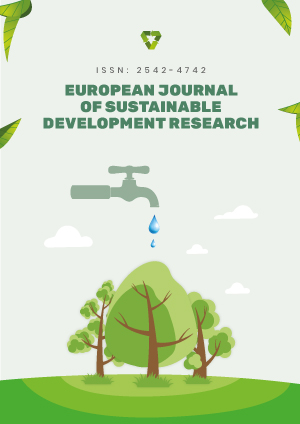Abstract
This study aimed to evaluate the effectiveness of hybrid electrocoagulation (EC) and electrooxidation (EO) processes in treating effluent water from the industrial process plant in Owerri. The research involved assessing the physicochemical properties of the wastewater against the discharge standards set by the National Environmental Standards and Regulations Enforcement Agency. The treatment process used iron electrodes for both EC and EO, with optimal treatment times determined as 20 minutes for EC and 30 minutes for EO. Current densities ranging from 4.75 to 12.36 mA/cm² were tested. Key findings indicated that through EC, lead was completely removed, and copper and nickel concentrations were significantly reduced. EO further decreased turbidity and total dissolved solids (TDS) levels. The hybrid EC-EO process achieved a reduction in turbidity to acceptable discharge limits and significantly lowered TDS levels. However, a notable increase in chemical oxygen demand was observed during the hybrid treatment (up to 1099.87%), potentially due to operational issues such as electrode deposition and inadequate mixing. The limitations of the study included operational challenges such as equipment malfunction and human error, which affected the consistency of results. Future research should aim at optimizing process parameters, exploring alternative electrode materials, and addressing operational challenges to improve the efficiency and consistency of the EC-EO hybrid treatment method.
License
This is an open access article distributed under the Creative Commons Attribution License which permits unrestricted use, distribution, and reproduction in any medium, provided the original work is properly cited.
Article Type: Research Article
EUR J SUSTAIN DEV RES, Volume 9, Issue 2, 2025, Article No: em0289
https://doi.org/10.29333/ejosdr/16290
Publication date: 23 Apr 2025
Article Views: 69
Article Downloads: 28
Open Access References How to cite this article
 Full Text (PDF)
Full Text (PDF)